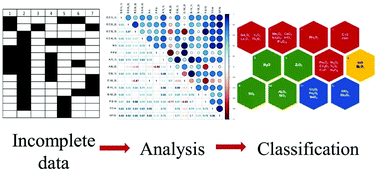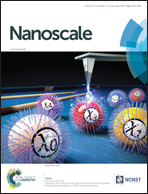How the toxicity of nanomaterials towards different species could be simultaneously evaluated: a novel multi-nano-read-across approach†
Abstract
Application of predictive modeling approaches can solve the problem of missing data. Numerous studies have investigated the effects of missing values on qualitative or quantitative modeling, but only a few studies have discussed it for the case of applications in nanotechnology-related data. The present study is aimed at the development of a multi-nano-read-across modeling technique that helps in predicting the toxicity of different species such as bacteria, algae, protozoa, and mammalian cell lines. Herein, the experimental toxicity of 184 metal and silica oxide (30 unique chemical types) nanoparticles from 15 datasets is analyzed. A hybrid quantitative multi-nano-read-across approach that combines interspecies correlation analysis and self-organizing map analysis is developed. In the first step, hidden patterns of toxicity among nanoparticles are identified using a combination of methods. Subsequently, the developed model based on categorization of the toxicity of the metal oxide nanoparticle outcomes is evaluated via the combination of supervised and unsupervised machine learning techniques to determine the underlying factors responsible for the toxicity.



 Please wait while we load your content...
Please wait while we load your content...